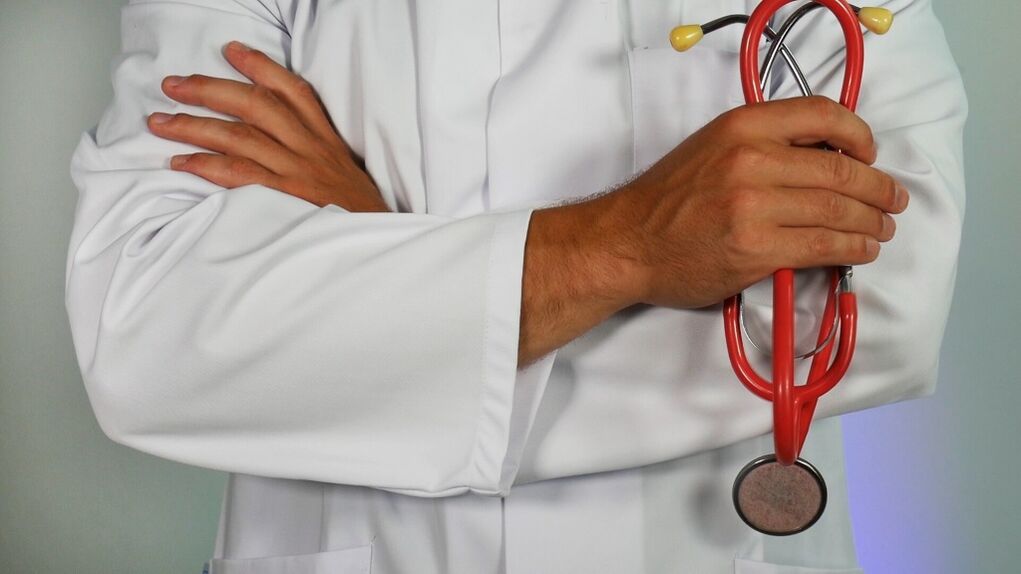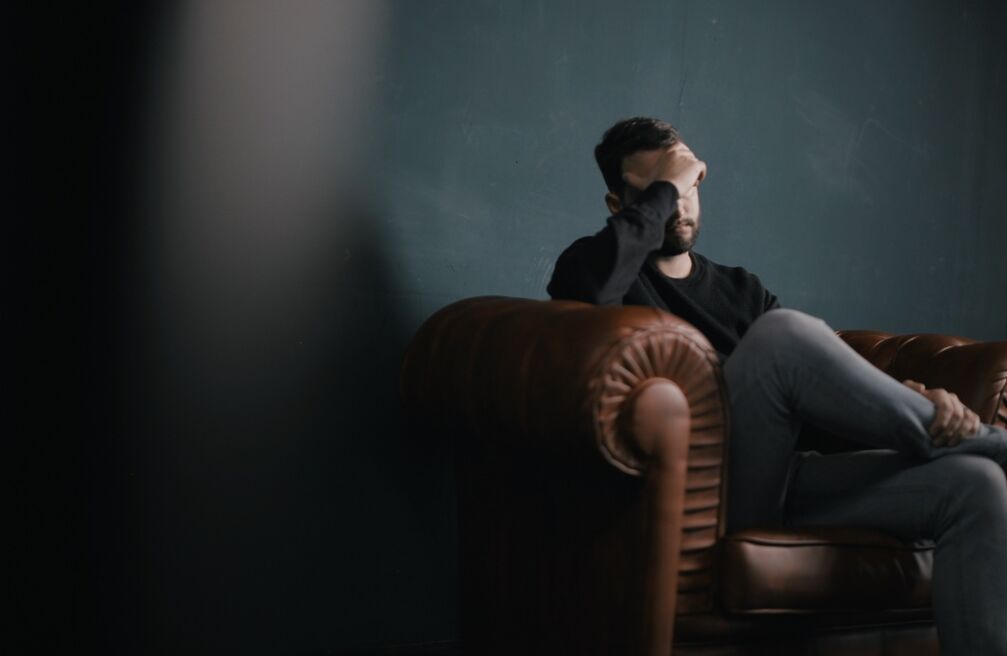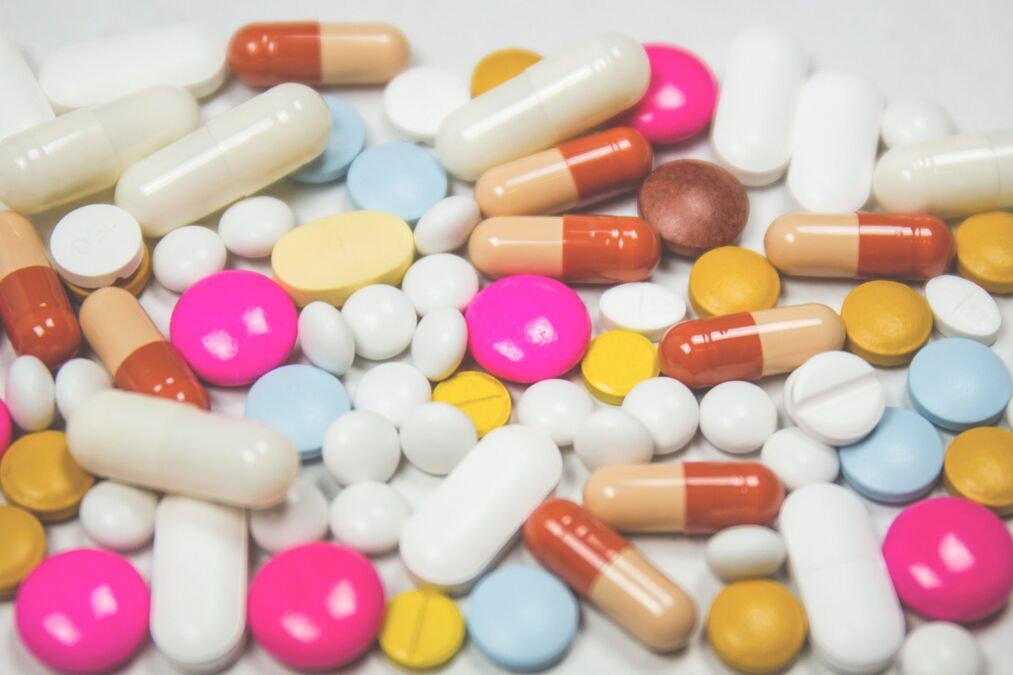What is prostatitis?This is the most common urological disease in men against the background inflammation of prostate, caused by pathogenic (certainly cause disease) and conditionally pathogenic infection.

In most cases, young, sexually active men, it is a complication of low symptomatic or asymptomatic SPI.The cause of prostatitis development can be: trichomonas, gonoscocci (causing gonorrhea), chlamydia, ureaplasm, mycoplasm.Among the organisms that are not connected to SPI, E. Coli, Fekal enterococcus, etc.Are of great importance.
According to the modern classification there are:
- Acute prostatitis.
- Chronic bacterial prostatitis.
- Chronic prostatitis (chronic pelvic pain syndrome) with signs of inflammation.
- Chronic prostatitis (chronic pelvic syndrome) without signs of inflammation.
- Asymptomatic prostatitis (asymptomatic) chronic prostatitis.
In most cases, we must deal with the last category of prostatitis, since the last year, Trichomoniasis, Klamidia, Ureeaplasmosis and Mikoplasmosis have role in the structure of SPI, which in the great majority of cases have no manifestations, do not bother a person in any way.And only after a long time, they are manifested as complications - prostatitis.
It should be said that the asymptomatic prostatitis is detected in most patients who simply for SPI test, in the sexual partners of women with the SPIS, as well as in patients with infertility.
Causes of prostatitis
As a rule, prostatitis is diagnosed when:
- reduced physical activity (sitting lifestyle);
- Distribution of sexual life (extended sexual abstinence, often replaced by hyperactive sex century);
- Alcohol abuse;
- Chronic prison;
- As a result of an infection of ste-urethrogenic prostatitis, I reported when the infections enter the prostate from the urethra;
- Due to the penetration of the pathogen from the chronic infection (chronic tonsilitis, sinusitis, kidney disease, etc.);
- For diseases of the rectum (hemorrhoids, anal cracks, parapoxiness) - endogenous prostatitis.This explains the detection of E. coli in most cases of chronic prostatitis.

Prostatitis symptoms in men
It starts with a growth of temperature at 39-40 ° C with fever and cold, difficulties in urination, pain and ignition during urination;In severe cases, due to the swelling of the tissue of the gland, acute urine retention is reported - a condition that requires surgical intervention.
Approaches without manifestations.It was found mainly in patients seeking the evidence exam after occasional sexual intercourse.It is also revealed in patients who came for examining as a sexual partners of women with evidence or patients with sperm pathology.
Manifests:
- Uneasiness and pain in the lower abdomen, perineum, sometimes patients note that the pain radiates on the penis head or in the urethra.
- Urina urinary disorders.Frequent, painful urination, a sense of unfinished urination (often with hypothermia), urine one to several times at night, difficulty urination and weakening urine electricity.
- Sexual function disorder.Pain and discomfort during ejaculation, in the urethra and rectum, weakening or loss of feelings of orgasm, etc.
- Changes in fertilize sperm ability.
- As a result, patients increased anxiety and nervousness, which is caused by hyper-fixation of attention to his condition.
Complications of prostatitis
In the absence or inadequate treatment of prostatitis, the following complications may occur:
- Transition of acute prostatitis in chronic.
- Acute urine retention (patient cannot urinate for a long time) may require surgical intervention.
- Development of male infertility.
- Formation of scars and adhesions in urea with subsequent narrowing.
- Development of urinary bladder inflammation (cystitis).
- Inflammatory kidney diseases (pilonaphritis, etc.).
- The appearance of a purulent inflammation prostate in men (abscess prostate), requiring surgical intervention.
- Sepsis (penetration of infections in the bloodstream with subsequent body damage and the entire body) is amazing, a threatening to danger.More often developed in patients with reduced function of the immune system, in patients with diabetes mellitus, patients with chronic renal failure, in patients with AIDS, etc.
Diagnosis of prostatitis
Diagnosis of prostatitis is performed in patients with characteristic complaints, as well as in patients with identified SPI and identified barren.
Diagnostics includes:
- Digital examination of the prostate (through the rectum) with the collection and examination of prostate excretion (juice), when the presence of inflammation in the gland is detected.
- Exams urine: general analysis, 2 or 4 glasses of urine, bacteriological examination (detection of pathogen prostatitis), cytological examination (cancer detection).
- Uroflowetry: Assessment of the characteristic of urine current, its quantities, flow speeds, urination duration.
- Ultrasonic reviews for detecting backwards urine, organic lesions of prostate, formal signs of prostatitis.
Sometimes, in order to diagnose prostatitis and turn off cancer, the following is further prescribed:
- Sperm studies.
- Prostate biopsy.
- Dog blood test (for cancer detection).
- Calculated tomography pelvic authorities.
- Nuclear magnetic resonant examination of the body pelvis, etc.

Prostatitis treatment
Treating bacterial prostatitis caused by SPI is not an easy task.Adequate and timely therapy leads to the full treatment of this category of prostatitis after full removal (disappearance) of the pathogen in most patients.It is worth saying that the complete drug prostatis is caused by vulgar infection (not SPI), it does not only happen in 30% of cases, despite the achievements of modern medicine.In these cases, the goal is to achieve a stable disease remission.
Modern prostatis treatment includes:
- Antibacterial therapy at least 2 weeks, sometimes up to 1-2 months or more.
- Treatment of pain syndrome (against inflammatory drugs in the form of suposher, injection, tablet).
- Treatment of urinary disorders (α-1-blockers, 5-α-reductase blockers).
- Physiotherapy methods of treatment (magnetic therapy, laser therapy, etc.).
- Prostate massage.
Patients are also recommended to make lifestyle in lifestyle, namely:
- Regular sex life without sexual surpluses;
- giving up alcohol and sitting lifestyle;
- Mandatory use of contraception compartment;
- Treatment of the diseases of the digestive tract that causes the retention of the chair, etc.























